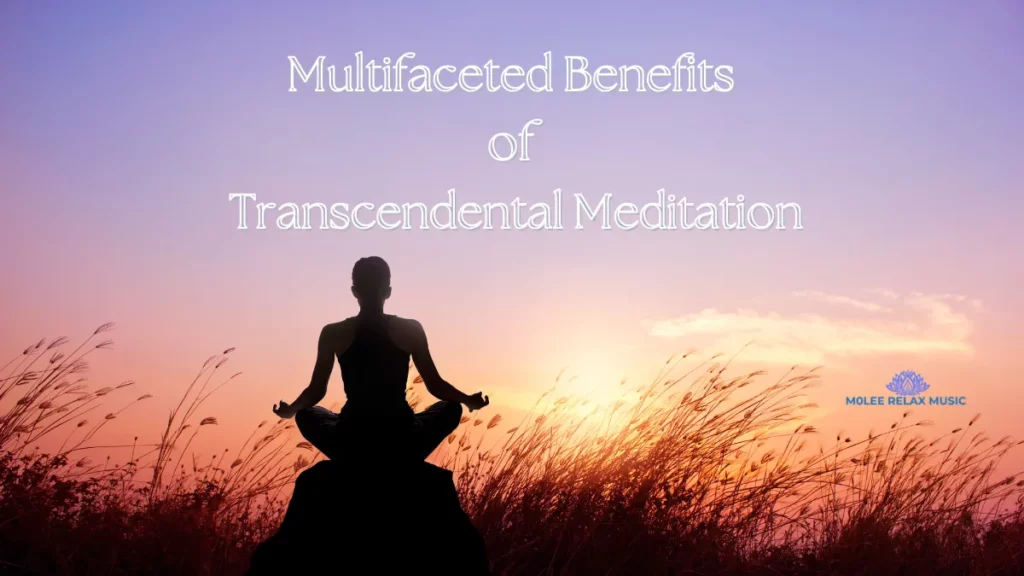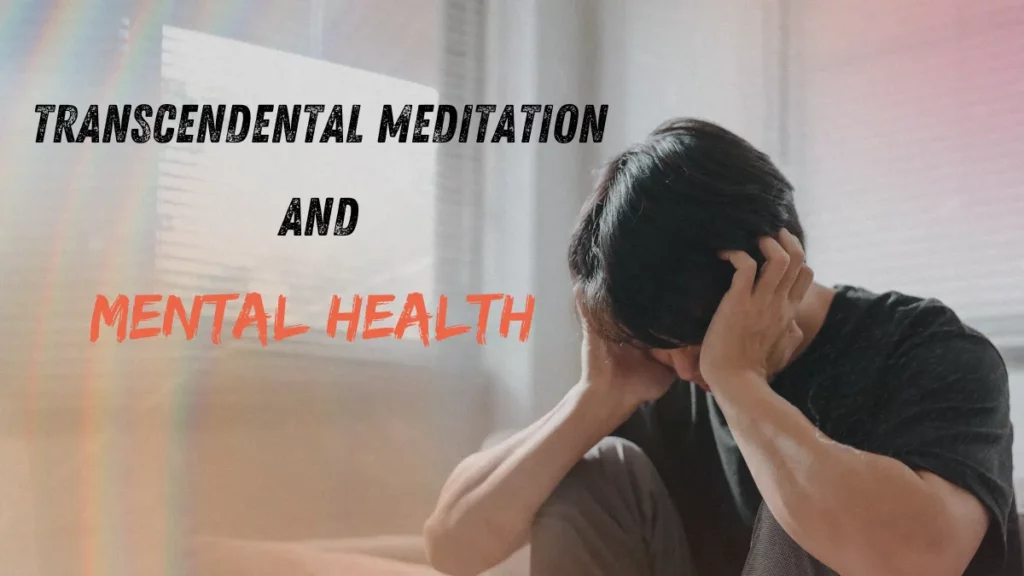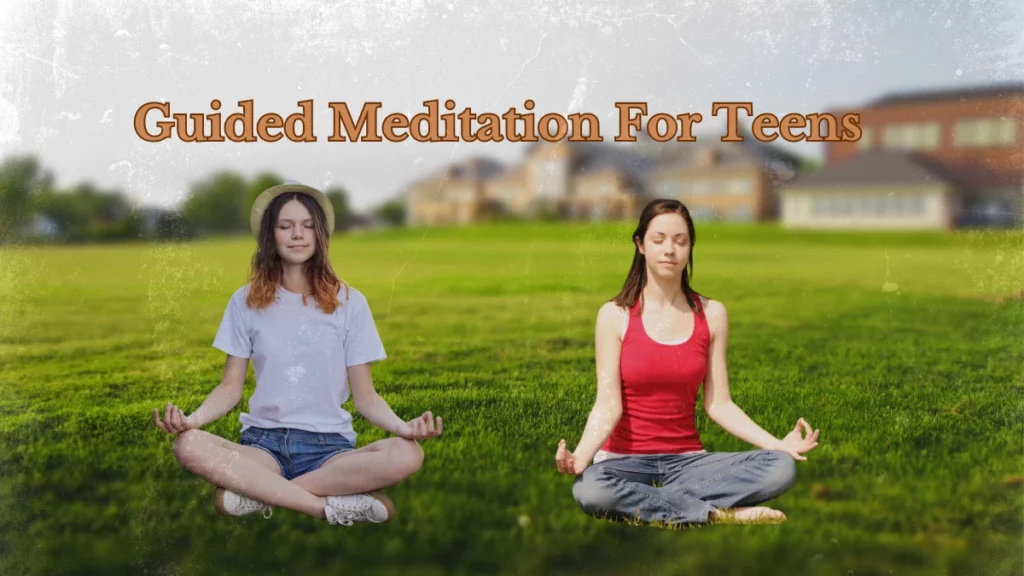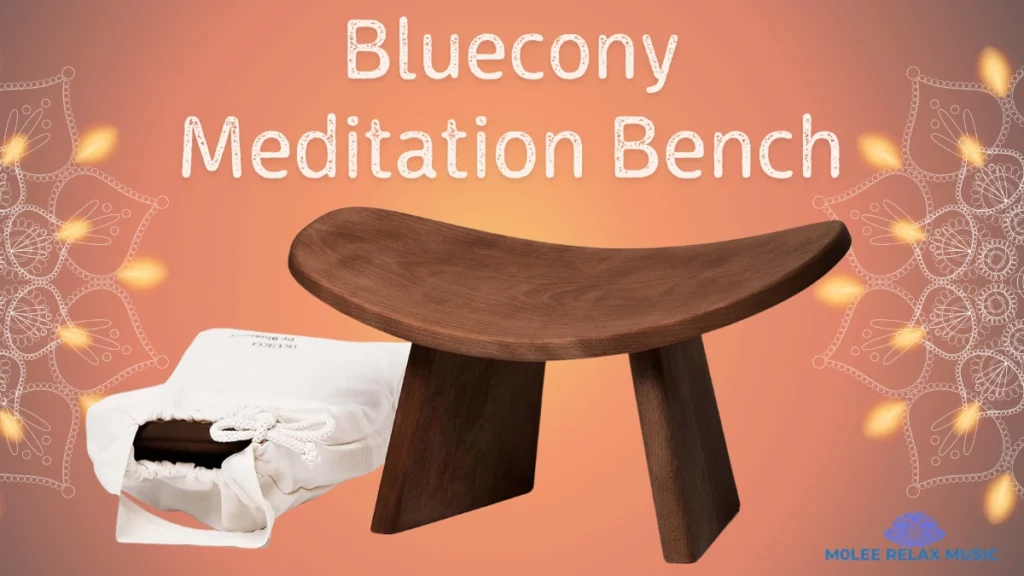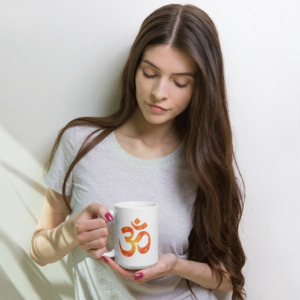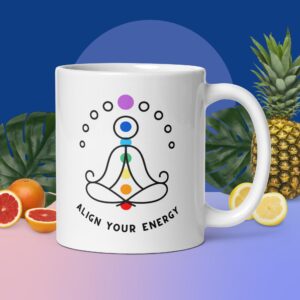|
Getting your Trinity Audio player ready…
|
Looking for a break from the daily grind?
Let’s cut through the noise and get cozy with two of the most soothing meditation styles out there, Transcendental Meditation vs Mantra Meditation. I’m excited to guide you through their histories, how they work, and the amazing perks they bring to the table.
Together, we’ll uncover the unique essence of each practice, their roots, and the incredible benefits they offer. Imagine not just easing stress, but unlocking a profound sense of inner peace and self-awareness.
So, are you ready to find out which meditation is your soulmate? Let’s dive in and get inspired together!
- What is Transcendental Meditation?
- What is Mantra Meditation?
- Core Differences between Transcendental Meditation and Mantra Meditation
- Comparison of Mantras in both TM and MM
- How is MM different from TM in terms of results?
- What is the top achievement in TM?
- How to Do Transcendental Meditation?
- Why is the mantra secret in Transcendental Meditation?
- Does the mantra matter in Transcendental Meditation?
- Conclusion
- FAQs on Transcendental Meditation vs Mantra Meditation
What is Transcendental Meditation?
Before getting into the main differences between Transcendental Meditation (TM) and Mantra Meditation, you need to know exactly what each of them are.
TM, in particular, places emphasis on removing distracting thoughts, and replacing them with a sense of relaxed awareness. Thanks to TM, you can forget the usual and tedious thinking process to enter a transcended state of pure consciousness.
Here you will achieve stillness, rest, stability and order like never before, all while surpassing your typical mental boundaries. This meditation is so effective that studies are still being done regarding it, while many others practice it for added health benefits.
TM comes with the benefits of usual meditation, which include the reduction of chronic pains, anxiety, high blood pressure and cholesterol, helping you reduce the expensive health care services you would otherwise need.
Thanks to the numerous research done on TM, we have affirmation that it can indeed improve general psychological variables and lower blood pressure. Perhaps you’re looking to relax, attune with your body, relieve some stress, work on some self-development or achieve a higher state of consciousness, look no further than TM
This silent form of meditation was originally put forward by Maharishi Mahesh Yogi, but remains separate from any specific religion. Thus, the technique itself involves the repetition of a certain mantra or sound for duration of 15–20 minutes twice each day.
Teachings of TM naturally began in India during the mid-1950s, but it didn’t kick off until the 1960s and 1970s when even celebrities started practicing it, which included the Beatles and the Beach Boys.
This was also when they began training TM teachers, allowing the worldwide TM organization to incorporate educational programs, health products, and related services into their roster. After the passing of Maharishi in 2008, neuro-scientist Tony Nader assumed leadership of the organization.
What is Mantra Meditation?
Mantra Meditation is an another highly beneficial form of meditation you can consider, as it involves the repetition of a certain sacred sound, word, or phrase with the goal of focusing your mind and promoting relaxation. It does so by giving your mind a simple task to focus on, all while your other thoughts and worries begin to fade away.

One of the most popular mantra in the mantra meditation is 5-word Mantra Meditation, “Om Mani Padme Hum”. This Mantra is said to promote compassion, wisdom and peace, and translates to “The jewel in the lotus.”
If you have looked into mantra meditation before, you may have heard of the 3 mantras as well. While there are many Mantras to choose from, below three are the most common:
- Om: This Mantra is believed to represent the primordial sound of the universe. As such, it is used to both start and conclude meditation sessions.
- So hum: Translating to “I am that”, this Mantra is said to harmonize your body’s energy flow, leading to better well-being and vitality.
- Lokah samastah sukhino bhavantu: “May all beings be happy and free from suffering” is seen as a powerful Mantra that expresses profound compassion for all living things, all while selflessly wishing for their well-being.
The attraction of the mantra meditation is rooted in its high simplicity and flexibility, because there’s no method set in stone as to how it should be done. Simply chant a mantra of your choice out aloud, proceed by whispering it softly, and then repeat it over and over again silently in your mind.
As long as you feel comfortable doing this, you are doing this meditation right. What’s important is that the process feels natural to you, and a few minutes of mantra meditation each day is enough to yield considerable beneficial effects.
To make things smoother, you can start with short stretches of time, and then gradually increase it day by day. As long as your practice is consistent, you are on the right track to better mental health!
Core Differences between Transcendental Meditation and Mantra Meditation
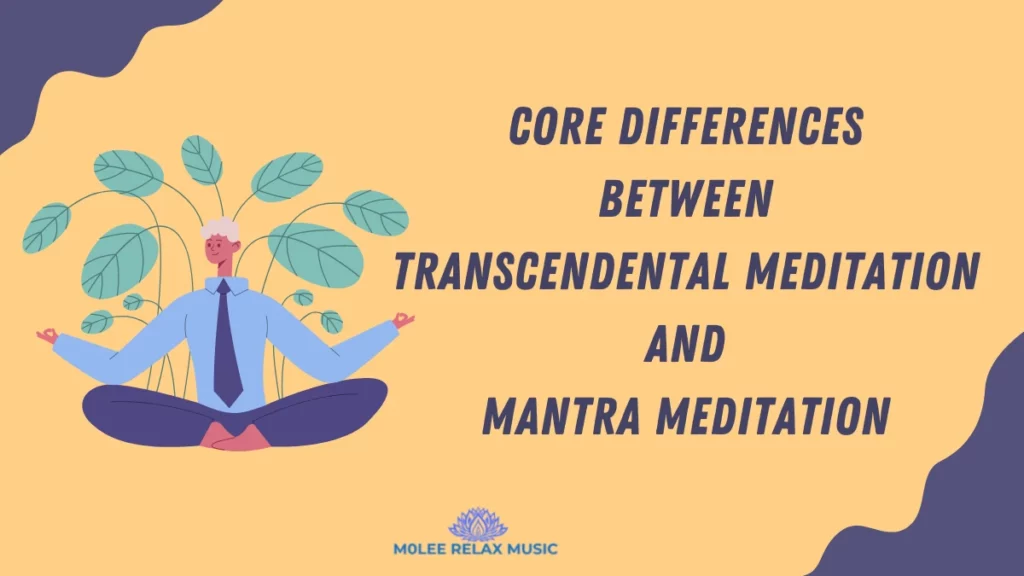
Now you may be wondering how these two types of meditation differ, because they seem largely similar and both utilize a mantra.
You are right, but there are key differences between the two.
User Research Methods | ||
|---|---|---|
Aspect | Transcendental Meditation (TM) | Mantra Meditation (MM) |
Primary Focus | Achieving deep rest and a state of pure consciousness. | Concentrating and calming the mind.Field studies |
Technique | Effortless and non-concentrative; allowing thoughts to pass. | Concentrative; focusing the mind on the mantra. |
Teaching Method | They are taught by certified TM teachers in a standardized course. | Can be learned independently or with a teacher. |
Session Structure | Typically practiced for 20 minutes, twice a day. | Duration and frequency can vary widely. |
Cost | Usually involves a course fee for learning the technique. | Often free or low-cost resources are available. |
Philosophical or Spiritual Component | May include Maharishi Mahesh Yogi’s teachings. | Can be adapted to fit various |
Comparison of Mantras in both TM and MM
Now let’s consider the differences in the mantras used in both meditations.
Comparison of Transcendental Meditation and Mantra Meditation | ||
|---|---|---|
Aspect | Transcendental Meditation (TM) | Mantra Meditation (MM) |
Role of Mantra | The mantra is a subtle vehicle to help settle the mind. | The mantra is a central focus and anchor for the mind. |
Repetition Focus | The repetition is gentle and not a point of concentration. | Repetition is intentional and used for concentration. |
Obtaining a mantra | Utilizes a very specific mantra given to the practitioner by a TM teacher. This private Mantra is the vehicle for your meditation. | The practitioner gets to choose their preferred Manta from the traditional Sanskrit Mantras. This is not a Private Mantra and is used as an anchor. |
Privacy of Mantra | The mantra is private and individually given. | Mantras may be known and shared among practitioners. |
Meaning of Mantra | The meaning is not emphasized; it’s the sound/vibration that’s important. | The meaning is significant and often contemplated. |
How is MM different from TM in terms of results?
Transcendental Meditation | Mantra Meditation |
|---|---|
1. Reduction of anxiety and stress | 1. Promotes happiness and calmness |
2. Lowering of blood pressure | 2. Enhances interpersonal relationships |
3. Increased pain tolerance | 3. Reduction of stress and anxiety |
4. Puts an end to smoking | 4. Enhanced self-awareness |
5. Reduced chances of depression | 5. Heightened self-compassion |
6. Enhanced sleep quality | 6. Improved focus and concentration |
7. Heightened work efficiency | 7. Deepened intuition and creativity |
What is the top achievement in TM?
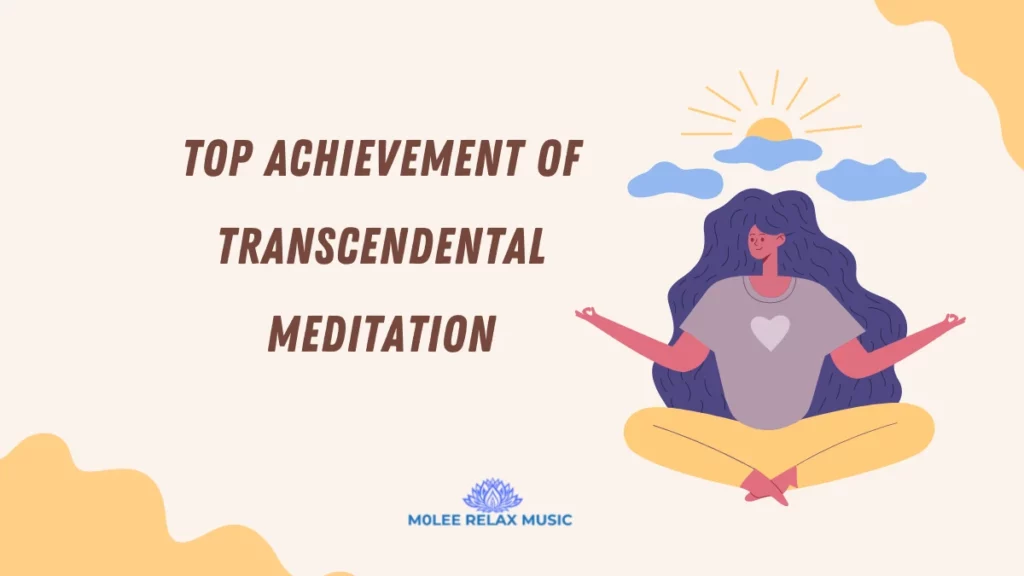
The ultimate goal of Transcendental Meditation is to achieve a state of pure consciousness, often referred to as “Transcendental Consciousness.” This state is characterized by perfect stillness, rest, stability, order, and the absence of mental boundaries, leading to a state of relaxed awareness. Here are some key points and the top achievement or ultimate goal of TM:
- State of Pure Consciousness: During TM, the ordinary thinking process is transcended and replaced by a state of pure consciousness, where the individual experiences profound rest and mental clarity.
- Peak Experiences and Higher States of Consciousness: TM aims to facilitate peak experiences and higher states of consciousness. Dr. Travis’s research on long-term TM meditators has shown that these higher states are associated with greater brain integration, which can lead to improved cognitive functioning and well-being.
- Improved Mind-Body Coordination: The TM-Sidhi program, introduced by Maharishi Mahesh Yogi as an extension of TM, aims to accelerate personal growth by enhancing mind-body coordination. This advanced practice is designed to train the mind to operate from a fourth major state of consciousness beyond waking, dreaming, and sleeping.
- Societal Benefits: It is posited that the practice of TM and the TM-Sidhi program can have a positive impact not only on the individual but also on society at large. Groups of individuals with greater brain integration are thought to be able to improve the function of organizations and, by extension, society as a whole.
- Transcendental Consciousness: Maharishi described the goal of the TM-Sidhi program as enabling individuals to think and act from Transcendental Consciousness, which is said to lead to more coherent and aligned thought processes and actions.
In summary, the top achievement of Transcendental Meditation is the realization of Transcendental Consciousness, which is believed to enhance personal well-being, promote mental and physical health, and potentially contribute to the betterment of society.
How to Do Transcendental Meditation?
As mentioned earlier, the process of TM is very simple and effortless. All you have to do is seat yourself comfortably with your eyes closed, and practice meditation twice a day for around 20 minutes.
During the meditation, silently repeat the specific mantra or sound inside your head. While different mantras have different effects, TM Mantras are typically ‘householder’ mantras which are built to allow people to experience deep and restful meditation.
As such, they aid in the integration of your inner silence and outer activity, which is essentially a deep state of rest alongside both energy and dynamism. All in all, any Mantra or sound will do the trick, as it is a vehicle for your mind.
If you wish to learn the Transcendental Meditation technique properly, you will need the help of a certified TM teacher. A typical TM course includes a one-hour lecture and one-hour formal one-on-one practical training with this teacher.
Rest assured that the course will be carefully personalized for you by your teacher, leading to maximum benefits for you specifically. You will receive your own Mantra from your teacher, followed by three follow-up sessions with them. During this time, you will meditate under your teacher’s watchful eyes. Afterwards, you are free to practice TM on your own daily.
Bear in mind that TM sessions with a certified teacher will cost you somewhere in between $420 to $980. Do not be too shaken by the price though, as grants are in place for low-income families to receive assistance in this regard.
After seeing that price, you may be wondering if it’s impossible to learn TM on your own. The reality is that there are plenty of TM resources available in the form of books, videos, online guides, applications and more.
While you can practice it this way, a certified TM teacher is the proper and guaranteed way to go. These teachers provide around five months of in-residence training for their students, all while continuing education in the field of TM. They come with the added benefits of personalized teaching and one-on-one sessions to help you perfect the technique!
Why is the mantra secret in Transcendental Meditation?
In Transcendental Meditation, the mantra is kept secret to ensure maximum effectiveness of the practice, to prevent confusion in the meditator’s mind, and to protect against the potential dilution or distortion of its teaching. The secrecy of the mantra is believed to enhance the personal experience and integrity of the meditation practice.
Does the mantra matter in Transcendental Meditation?
Yes, the mantra does matter in Transcendental Meditation (TM). While the specific words of the mantra are not important for their meaning, they are carefully chosen for their sound quality and vibration.
The mantras in TM are designed to be meaningless sounds so that they don’t engage the mind in active thought, which allows for transcending to a deeper level of consciousness. The vibration of the mantra is selected to resonate with the primordial hum (Om), which is considered to be close to the silent, blissful level of the mind.
This resonance helps the mind to settle into silence, as it naturally gravitates towards greater happiness. Thus, while the mantra itself is not analyzed for its meaning, its sound quality and vibration are crucial for the effectiveness of the TM practice.
Conclusion
Now you know exactly what TM and MM, alongside their relevant techniques and benefits.To summarize, Transcendental Meditation and Mantra Meditation are two very popular forms of meditation that both utilize the repetition of a mantra as either a vehicle or anchor.
TM involves the use of a specific mantra provided by a certified teacher to guide your mind into a state of pure consciousness, promoting relaxation and inner peace. For proper practice, personalized one-on-one sessions with a TM teacher is required, which can be costly. On the other hand, MM offers Mantras with profound meanings that can be followed free of charge thanks to resources like books and online guides.
Both forms of meditation are rife with benefits to practitioners, including but not limited to reducing stress and anxiety. Ultimately, the choice between TM and MM depends on personal preference and accessibility to resources, so go with whatever feels right to you after trying both!
FAQs on Transcendental Meditation vs Mantra Meditation
What is the highest form of meditation?
From a religious standpoint, the highest form of Meditation is outlined in Buddhism as “Samma-samadhi”, which is the last of the eight elements of the Noble Eightfold Path. It is a form of one-pointed concentration, complete with a state of equanimity and mindfulness, where you can maintain the access to your senses in a mindful way.
Is mantra meditation more effective?
As discussed, both types of meditation have their own benefits. An interesting point is that a study done in 2022 discovered strong evidence that MM can help reduce high blood pressure. There is also numerous evidence to prove that MM can reduce anxiety and boost your immunity.
What is more effective than meditation?
Mindfulness is stated to be greater than meditation. Why? If we can complete our daily tasks with a relaxed and blissful mind, we can do them more efficiently and move on to help others do the same. Mindfulness helps us understand and accept human limitations and failures, spurring us to fully embrace life!

